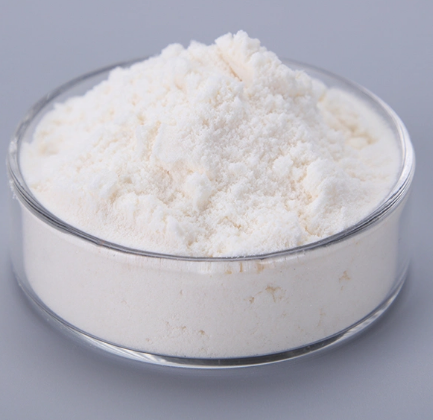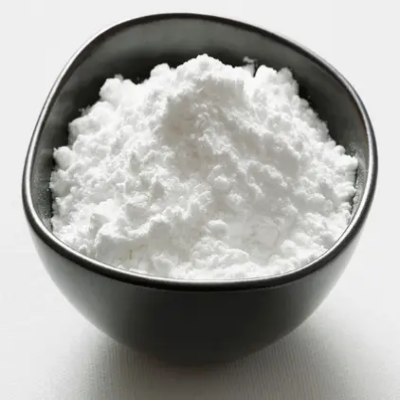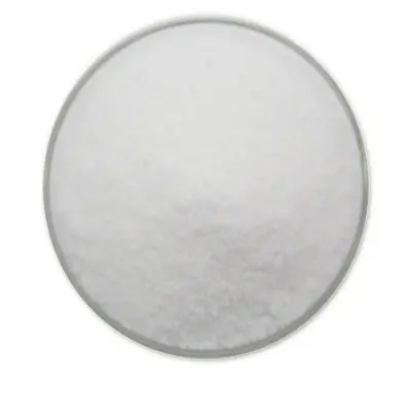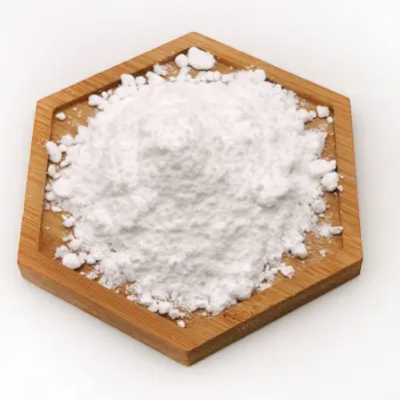2-Amino-3-(4-hydroxyphenyl)propanoic acid CAS:556-03-6
Effect on Parkinson's Disease: L-DOPA is the most effective medication for the treatment of Parkinson's disease. Parkinson's disease is caused by a deficiency of dopamine in specific areas of the brain. L-DOPA is a precursor to dopamine and can cross the blood-brain barrier to increase dopamine levels, thereby alleviating the motor symptoms of the disease.
Application in Parkinson's Disease Treatment: L-DOPA is commonly used in combination with a peripheral decarboxylase inhibitor (such as carbidopa) to enhance its effectiveness. The decarboxylase inhibitor prevents the conversion of L-DOPA to dopamine in the peripheral tissues, allowing more L-DOPA to reach the brain.
Management of Motor Symptoms: L-DOPA helps reduce the motor symptoms associated with Parkinson's disease, including tremors, rigidity, bradykinesia (slowness of movement), and postural instability. It improves motor function and allows patients to regain some control over their movements.
Side Effects: While L-DOPA is generally effective in managing Parkinson's symptoms, it can also lead to several side effects. These may include dyskinesias (involuntary movements), gastrointestinal issues (such as nausea, vomiting, and constipation), low blood pressure, hallucinations, and mood changes. The side effects can vary in severity and require careful monitoring and adjustment of the medication dosage.
Alternative Applications: Apart from Parkinson's disease treatment, L-DOPA has been explored for other applications. It has shown potential in the management of restless leg syndrome, a disorder characterized by an urge to move the legs, leading to discomfort and difficulty in sleep. L-DOPA may also have a beneficial effect in certain types of dystonia, a neurological movement disorder.

| Composition | C9H11NO3 |
| Assay | 99% |
| Appearance | White powder |
| CAS No. | 556-03-6 |
| Packing | Small and bulk |
| Shelf Life | 2 years |
| Storage | Store in cool and dry area |
| Certification | ISO. |









